Have you ever heard the word “Reiki“?
If your first reaction was something like,
“That sounds a bit mystical… or maybe even religious?”—I completely understand.
I felt exactly the same way at first. But everything changed the moment I experienced Reiki firsthand. What was once mysterious became tangible.
From that point on, I felt compelled to learn how to practice it myself. Now, I’m privileged to share this gift with others and witness real healing unfold under my hands.
In this article, I’ll demystify Reiki in a way that makes sense whether you’re a complete newcomer or simply curious.
What Is Reiki? A Traditional “Hands-On Healing” Method
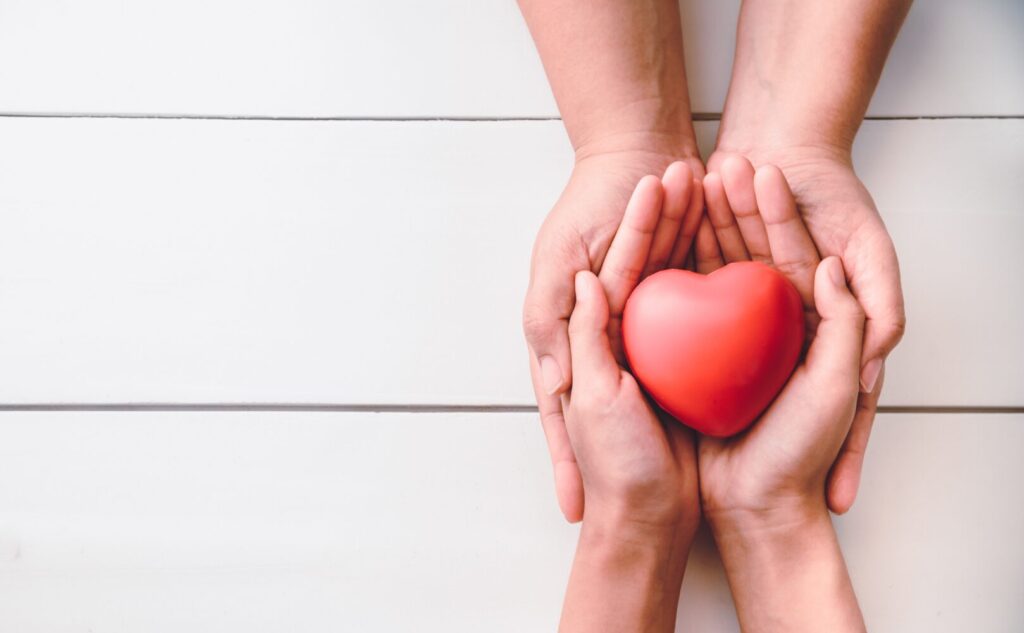
At its heart, Reiki is a folk healing method in which you place your hands over someone’s body—or make light contact with them—to allow “ki” (energy) to flow and help restore balance to mind and body.
Think back: Have you ever had someone gently place a hand on you when you were ill or in pain? Maybe a parent’s hand on your forehead during a fever, or a comforting touch on your shoulder when you were upset.
That simple, intuitive gesture carries within it something humans have long believed to be a natural healing power. Reiki takes this timeless wisdom, systematizes it, and makes it accessible to anyone willing to learn.
Reiki in Medical Settings
Interestingly, Reiki has gained acceptance in leading medical institutions across the Western world.
Major organizations like Memorial Sloan Kettering Cancer Center, the Mayo Clinic, and Harvard University have integrated Reiki into some of their treatment and wellness programs.
This growing recognition reflects a shift toward honoring complementary therapies alongside conventional medicine.
The Meaning Behind the Word “Reiki”
The word “Reiki” originates from Japanese characters: 靈氣. Over time, the character 気 became more commonly used in everyday language. However, many practitioners prefer the traditional form, 氣, and there’s an important reason why.
The modern character 気 includes the element “〆” at the top, which can give the impression of restricting or containing the flow of energy.
In contrast, the traditional character 氣 includes the radical for “rice” (米)—a choice made deliberately to evoke something very different: energy spreading outward in all directions, symbolizing universal life force and abundance. T
his subtle distinction in characters beautifully reflects Reiki’s profound purpose and philosophy.
The Origins of Reiki: A Healing Method Born in Japan
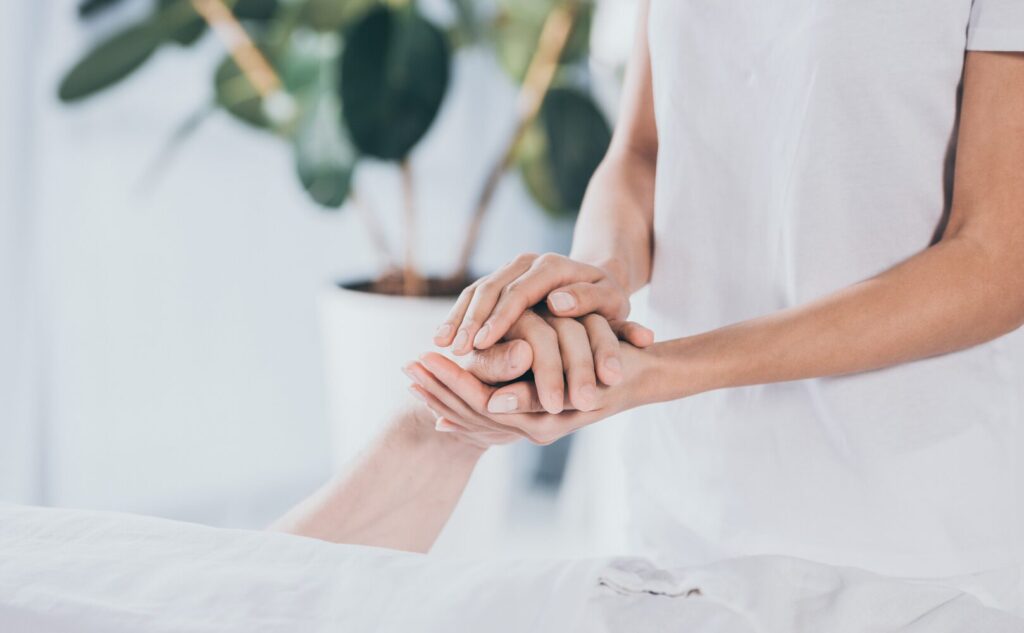
Today, millions of Reiki practitioners exist across the globe, yet many don’t realize this transformative practice originated in Japan.
What’s particularly fascinating is that Reiki eventually became recognized in its homeland as a “reimported” tradition, having been carried overseas—particularly through Hawai’i—where it flourished before returning to Japan with renewed appreciation.
How Reiki Began
The story begins with Dr. Mikao Usui, a seeker on a profound spiritual journey. For years, he pursued answers to life’s deepest questions, yearning to attain “安心立命“—a sense of settled peace and spiritual certainty. Despite his dedication, enlightenment eluded him.
One pivotal day, a respected high monk offered him unconventional guidance: “Kill yourself and see.” Taking this radical advice literally, Dr. Usui made the decision to retreat to Mt. Kurama. There, in solitude and fasting, he meditated with intense determination.
On the twenty-first day, something extraordinary happened. A sudden, lightning-like flash of light pierced through his body, and he collapsed.
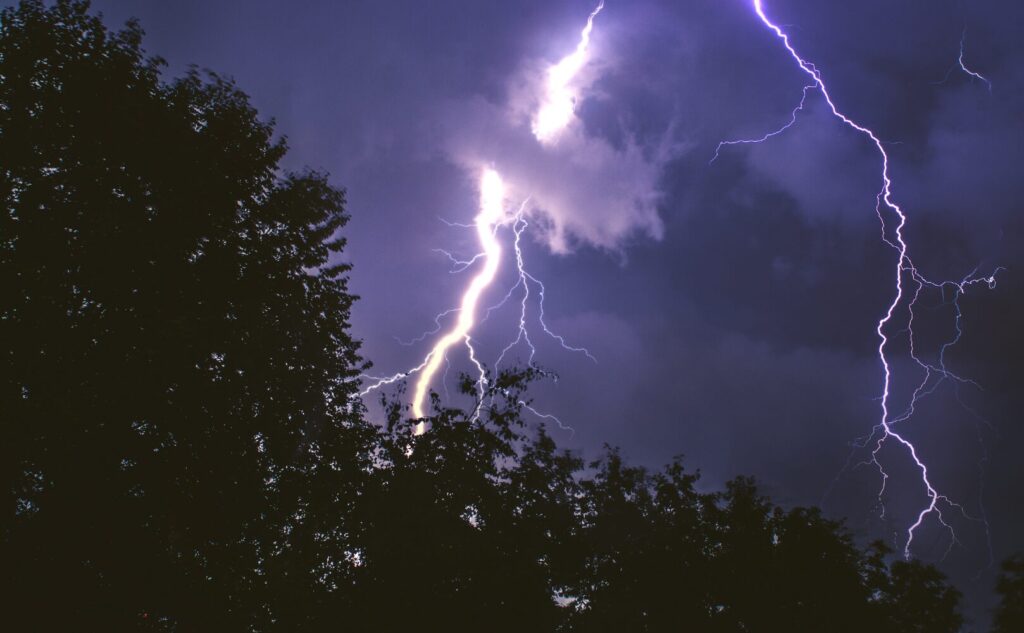
When consciousness returned the next morning, he was transformed. He felt spiritually clear and experienced a profound realization—a unity with the universe itself:
“I am God, God is me.”
As Dr. Usui descended the mountain, still in this heightened state, he accidentally injured his toe and began bleeding. Without thinking, he instinctively placed his hand over the wound. To his amazement, the bleeding stopped and the pain subsided almost immediately. In that moment of discovery, he realized his gift: “I can heal by placing my hands.” This was the birth of Reiki.
Dr. Usui began sharing this gift with his family and neighbors. Word spread organically, and people experienced genuine healing—not through medicine, but through the simple power of hands. Yet as time passed, Dr. Usui observed something important: some people experienced recurring illnesses despite receiving treatment.
This led him to a deeper understanding: true healing isn’t merely about relieving symptoms. It requires the recipient’s awareness and a genuine commitment to transforming their way of life.
This insight shaped Reiki into something far more profound than a quick fix. It evolved into a holistic practice focused on restoring harmony between mind, body, and spirit—emphasizing inner growth and genuine transformation of the heart.
Reiki and Energy: The “Ki” That Science Is Still Learning
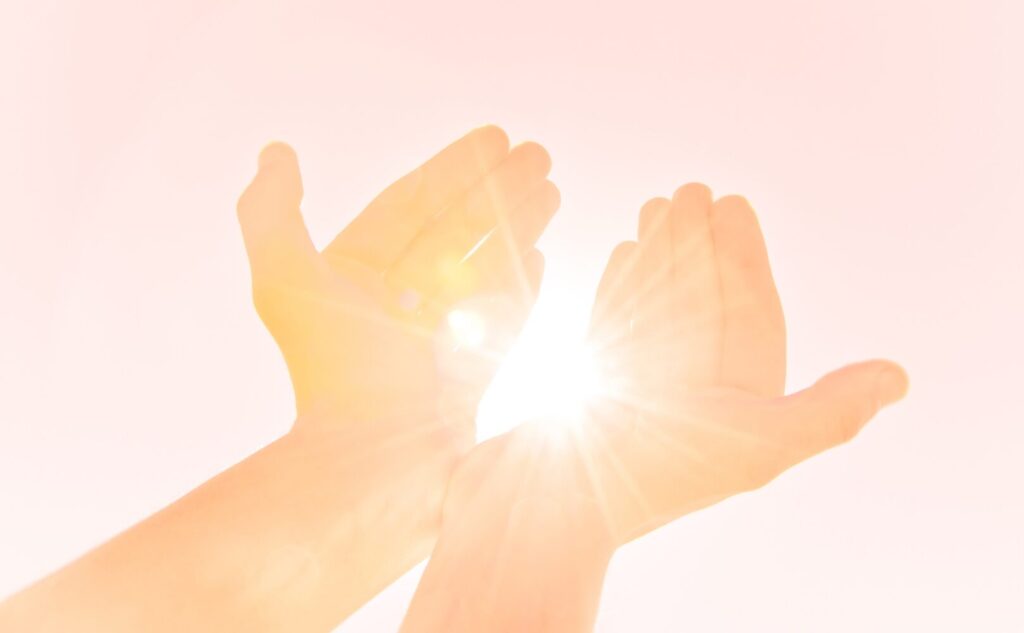
Reiki works with an invisible force called ki (energy)—a concept similar to “prana” in yoga or “qi/chi” in Traditional Chinese Medicine. Many believe this energy helps harmonize physical and mental states, though its scientific mechanism remains not fully understood by modern science.
Yet the effects people report are remarkably consistent:
The area being treated becomes noticeably warm.
Headaches or back pain ease.
Anxiety or irritability dissipate.
Deep relaxation descends, sometimes leading naturally to restorative sleep.
What’s particularly interesting is that Reiki works on multiple levels. It doesn’t just soothe the body—it gently reaches into the mind as well. Through the warm presence of a healing hand, ki is said to seep gradually into the person, allowing healing to unfold. Because Reiki benefits both the giver and receiver, it creates a beautiful circulation of energy between two people.
My Personal Journey With Reiki

I first encountered Reiki quite by accident. I was visiting a chiropractor for severe shoulder stiffness when I noticed “Reiki” listed on their menu of services. Curious and somewhat skeptical, I decided to try it.
The experience was immediate and undeniable. The moment the practitioner’s hands settled over my shoulder, the area felt like a hot water bottle was being held against my skin. Before I could even process what was happening, I drifted into the most comfortable sleep. When I woke, the pain that had plagued me for so long had noticeably eased.
I began receiving Reiki regularly, and the effects became more profound each time. Then one day, I saw an advertisement for a Reiki training course at the same clinic. A thought struck me: “If I can learn to use Reiki myself, I could help my own family.” I enrolled immediately.
Western Reiki and Jikiden Reiki: Two Paths
As I began my training, I discovered that Reiki has evolved into two distinct branches: Western Reiki and Jikiden Reiki (直傳靈氣).
I initially learned Western Reiki, which developed as the practice spread internationally. It became more structured, systematized, and formal—refined over decades of adaptation to different cultures. Later, I encountered Jikiden Reiki, the more traditional form, passed down directly from master to student in its original, purer expression.
When I first saw the kanji “直傳靈氣 (Jikiden Reiki)“, I was struck by their grand formality. But each character carries profound meaning: 直 (direct), 傳 (transmission), 靈氣 (spiritual energy). Jikiden literally means “direct transmission.”
The difference became clear through my practice. While Western Reiki brought results, something shifted when I began practicing Jikiden Reiki. The recipients started offering feedback I’d rarely heard before: “I clearly felt warmth spreading through my entire body,” or “My chronic pain actually eased!” Even when I was skeptical about the difference, daily practice proved otherwise. Over time, I came to genuinely feel that ki flows—it’s real, tangible, and transformative.
I became so convinced of Jikiden Reiki’s power that I wanted to share it more widely. This is why I’m passionate about introducing it to people who might otherwise never discover it.
Common Questions: Separating Fact From Fiction

“Isn’t Reiki kind of mystical or spiritual?”
I hear this often, and it’s worth clarifying. Reiki is sometimes portrayed as mysterious or even religiously affiliated, which understandably makes some people hesitant. But here’s the truth: Reiki is neither a religion nor a spiritual sect. It’s a practice that activates an innate healing capacity that already exists within everyone. You’re never asked to adopt specific beliefs or follow any ideology—only to place your hands and allow the process to unfold.
In fact, Reiki’s remarkable global spread owes much to its freedom from religious doctrine. This universal accessibility is precisely what allows it to be integrated into hospitals, clinics, and wellness centers worldwide.
How Do Reiki’s Effects Actually Appear?

One of the beautiful things about Reiki is that its effects are highly individual.
Some people fall asleep almost immediately. Others feel pain easing. Still others report feeling mentally lighter or more peaceful. Some people feel nothing obvious at first, then notice subtle shifts in their wellbeing days or even weeks later.
This variability isn’t a flaw—it’s actually how Reiki works. Practitioners often describe ki as intelligent energy that flows wherever it’s needed, in exactly the right amount. Even if you don’t consciously feel something happening, profound healing may be occurring at deeper levels within your body and mind.
Reiki as a Gentle Option for Self-Care
Consider these familiar scenarios:
You’re caught in a cycle of busyness and accumulated fatigue. Something feels off, but not quite enough to warrant a doctor’s visit. You’re dealing with minor pain that over-the-counter remedies don’t fully address.
In these moments, Reiki offers a gentle, accessible option. Since discovering it, one of my greatest joys has been using my hands to support loved ones in small but meaningful ways. It’s a gift that keeps on giving—both for the person receiving and for the person offering the healing touch.
Reiki is fundamentally a healing tool accessible to everyone. Whether you’re seeking it for yourself or others, it invites you into a practice of presence, compassion, and gentle transformation.
If you feel even a spark of curiosity about Reiki, I encourage you to explore it. Experience it firsthand and discover what it might offer you.
Note: Reiki is a complementary healing practice, not a medical treatment. If you have health concerns, please consult a qualified healthcare professional.

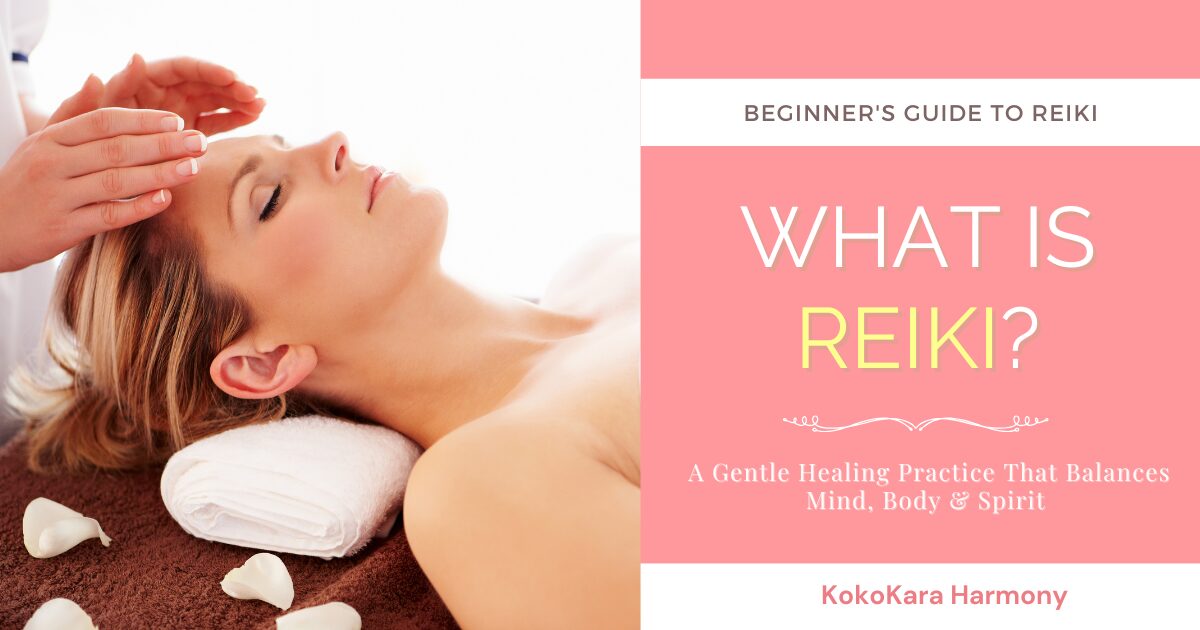
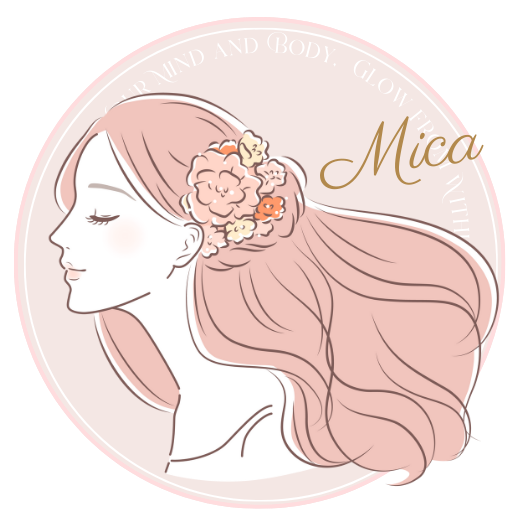
Comments